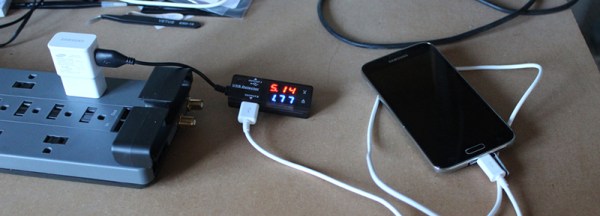It’s probable that most Hackaday readers are aware of their own computer security even if they are not specialists. You’ll have some idea of which ports your machines expose to the world, what services they run, and you’ll know of a heap of possible attack vectors even if you may not know about every last one.
So as part of that awareness, it’s likely you’ll be wary of strange USB devices. If someone drops a Flash drive in the parking lot the chances of one of you blithely plugging it into your laptop is not high at all. USB ports are trusted by your computer and its operating system, and to have access to one is to be given the keys to the kingdom.
Our subject today is a DEF CON talk courtesy of [Dominic White] and [Rogan Dawes] entitled “Universal Serial aBUSe“, and it details a USB attack in which they create an innocuous USB stick that emulates a keyboard and mouse which is shared across a WiFi network via a VNC server. This gives an attacker (who can gain momentary physical access to a USB port to install the device) a way into the machine that completely bypasses all network and other security measures.
Their hardware features an AVR and an ESP8266, the former for USB and HID work and the latter to do the heavy lifting and provide WiFi. They started with a Cactus Micro Rev2, but graduated to their own compatible board to make the device more suitable to pose as a USB stick. Both hardware and software files can be found on their GitHub repository, with the software being a fork of esp-link. They go into significant detail of their development and debugging process, and their write-up should be an interesting read for anyone.
Below the break you can find a video description of the attack. It’s not a shock to know that USB ports have such little defense, but it is a sobering moment to realize how far attacks like this one have come into the realm of what is possible.













